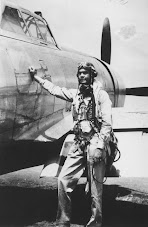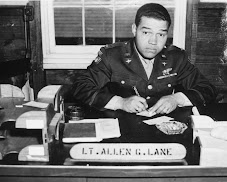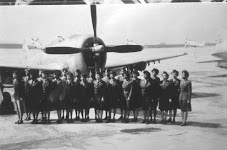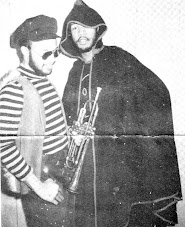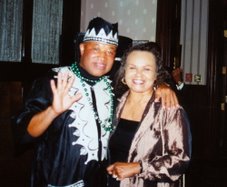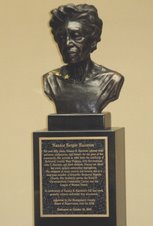
When my family came to Columbus, I went to Champion Junior High School, along with my sister, Mary Williams. I took violin lessons during those days. I fell for the magic of Stomp Gordon when we were in a Downtown juvenile detention center; that’s where they sent kids for fighting. Stomp and I wrestled together there and we had a man who coached us. I got out of the center first and, one day when Stomp was driving around town in an old Desoto, he saw me. The car was painted with Stomp’s musical advertising; you had to do that during those days.
I told him that I had been messing around with the guitar and he said, “If you get a bass, you can make seventy-five dollars a week playing.” That caught my ear really quickly so I set about finding a bass and, although I don’t remember where I found one, I remember that it was a good one; it just needed to be set up properly.
Before I went out on the road with Stomp, I played with a pair of dancers named Silk and Satin; the male dancer’s name was Claude Grant. My next job was on the road with Ida Clark and the Darktown Scandals; she made famous the song Wild Women Don’t Have the Blues. She had a bunch of teenagers in the band and we got no money; only five or ten dollars every once in a while.
One person on the show, a tremendous tap dancer named Ground Hog, should be documented. When he wasn’t dancing, he was the drummer and I didn’t know anything about playing bass, so he guided and kept me together. He was an African and he had one bad eye that seemed to wander. I was on tour with Ida Clark for three months and it seemed a very long time.
When I got home Stomp was ready for a bassist. On our first gig, we went to a popular spot in Dayton that all the musicians played (Note: According to Lester Bass, also a bassist, the likely spot was called Farm Dell, a barn located on Ruth Avenue, owned by the McLin Family, several generations of funeral directors and politicians. The business was a country club for active democrats and Elks Lodge members. The entertainers and bands included the top names in the business; Dizzy Gillespie, Paul Gaiden, Tiny Bradshaw, Lucky Milender, Buddy Johnson and Snookem Russell).
Some of our publicity photos have us pictured in tiger skin coats and we would even wear those things in July and August. They were really heavy and I would sweat and soak that coat so much that you could put a cigarette out on it and it wouldn’t burn.
I left Stomp Gordon’s Band because of misunderstandings that I don’t want to discuss; I just want to remember the good times, because we had so much fun. And the women.....! I met a woman named Marion in Minnesota and she was so good to me that I stayed in Minneapolis and the band went on, ending up in Anchorage, where he met Billie Holiday (December, 1954).
I got a call from Stomp from Green Bay, Wisconsin, as they were working their way back to Columbus. I remember it being at a time when snow on the ground was up to my waist; I had never seen anything like it before. His bass player wasn’t familiar with the show, so he asked me to come and join them.
That engagement was star time for me; I wasn’t really a bass player, I was a clown. I walked in and, since I knew all the material, I tore the place up. I walked around for a couple of weeks with my chest stuck out, but eventually it caught up to me and my ego got deflated. I remember the girls in Green Bay.
I eventually married and the settled, slowed down lifestyle was the best thing for me. I married a woman with children, and a daughter that I had with a relationship in Florida, eventually found me and became a good part of my life. I have a granddaughter that I enjoy.
The place that we made our name in Columbus was called the Musical Bar on Parsons Avenue in the Southend.
Note: Bruce Woody passed away June 19, 2008.

